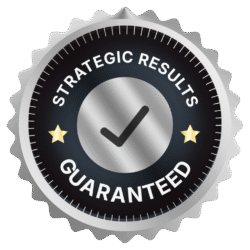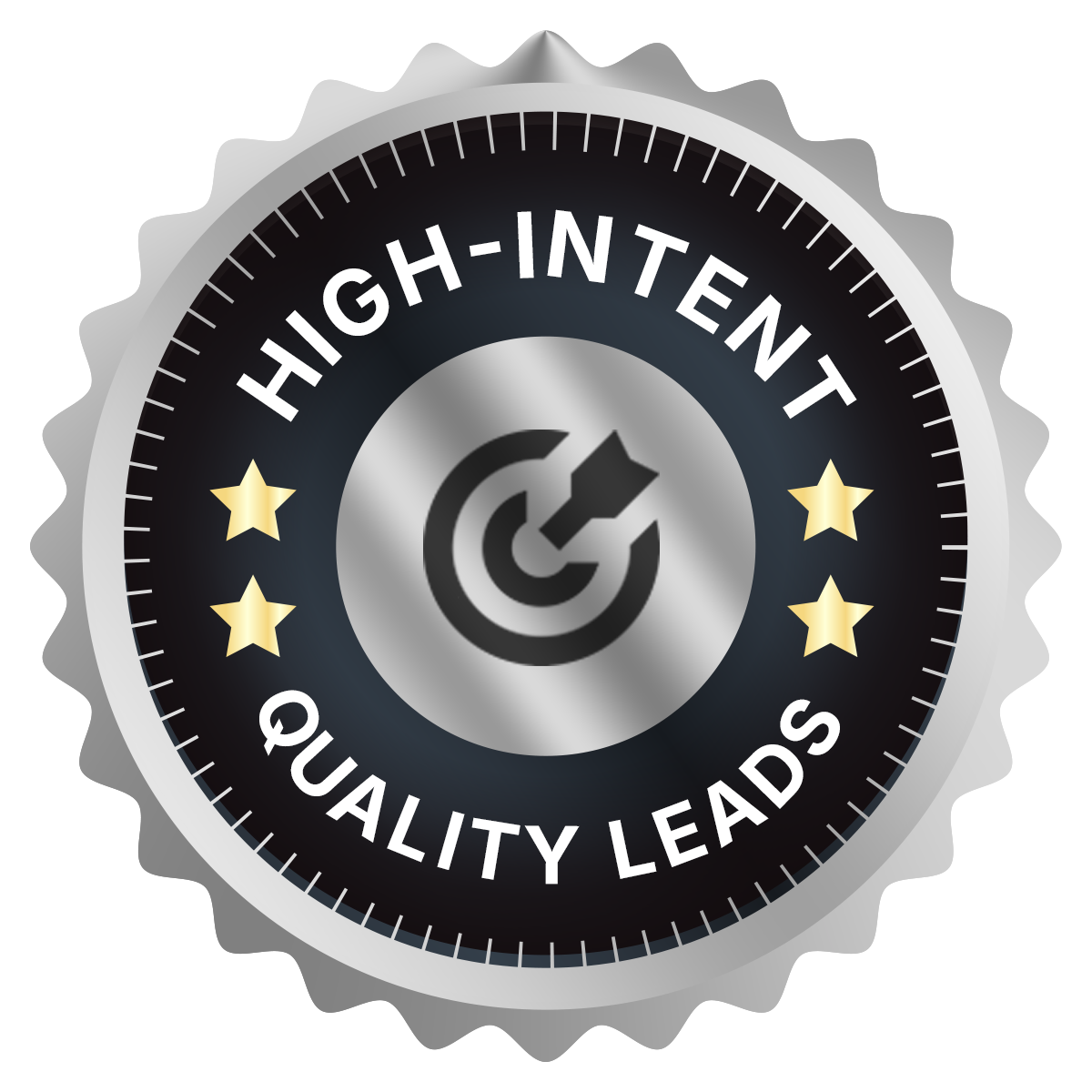The Psychology of Buying: What Makes a Lead Convert
Converting a lead isn’t just a matter of presenting the right price or having the flashiest website. It’s fundamentally tied to how people think, feel, and decide when they’re making a purchase. Understanding the psychology behind buying helps you tailor every touchpoint—message, timing, and medium—to resonate deeply with prospects. In this post, we’ll explore key psychological factors that make leads move from curiosity to commitment, so you can design your premium lead system to speak directly to the motives and emotions that drive buying behavior.
1. The Power of Perceived Value
At the core of any buying decision is a simple equation: perceived value > perceived cost. Prospects constantly weigh what they’ll gain (benefits, outcomes, peace of mind) against what they’ll give up (time, money, effort). To tip that balance in your favor:
- Highlight Tangible Benefits: Instead of describing features (“Our device has X watts of power”), spotlight outcomes (“Get your home back to comfortable temperatures in under 30 minutes”). People connect with results—what they’ll experience or avoid—more than technical specifications.
- Use Social Proof: When prospects see peers or similar businesses praising your solution, their perceived risk decreases. Testimonials, case studies, and star ratings trigger a psychological shortcut: “If it worked for them, it might work for me.”
- Emphasize Scarcity or Exclusivity: A limited-time offer, capped enrollment, or exclusive access suggests higher value. It taps into a fear of missing out (FOMO), nudging prospects to act before the chance disappears.
By consistently reinforcing why your service or product delivers more value than alternatives, you elevate perceived value and make the “cost” a smaller hurdle.
2. Building Trust Through Consistency and Credibility
Before a lead converts, they need confidence that your business will deliver on its promise. Trust stems from multiple factors:
- Consistent Messaging Across Channels: When your website, ads, emails, and social media all tell the same story, prospects sense professionalism and reliability. Mixed messages erode confidence.
- Authority Signals: Displaying awards, certifications, or notable client logos suggests that credible third parties vouch for you. These cues reassure prospects that they’re choosing a reputable provider.
- Transparency: Clear pricing structures, detailed service descriptions, and straightforward policies (refund, warranty) reduce perceived risk. When prospects know exactly what to expect, hesitation dissipates.
Trust doesn’t develop instantly; it emerges through repeated, consistent experiences—every interaction that confirms reliability.
3. Addressing Pain Points and Emotions
Purchases are rarely purely rational; emotions play a critical role. Prospects often buy to avoid discomfort or gain a positive feeling:
- Fear and Relief: Someone facing a leaky roof isn’t just looking for a repair service—they’re seeking relief from ongoing stress and potential damage. Your messaging should acknowledge that pain (“Don’t let a damaged roof ruin your home”) and promise relief (“We’ll fix it today so you can rest easy tonight”).
- Desire for Status or Belonging: For higher-end or exclusive offerings, tapping into aspirational emotions—luxury, prestige, community—can drive decisions. Phrases like “Join hundreds of successful entrepreneurs” or “Experience first-class comfort” speak to emotional triggers beyond functional needs.
- Trust Through Empathy: When you demonstrate genuine understanding—“We know unexpected breakdowns disrupt your life”—prospects feel seen and understood. That empathy builds an emotional connection, making them more likely to choose you over a faceless competitor.
By reflecting the prospect’s emotional state in your content—acknowledging fears, hopes, and desires—you create a powerful resonance that moves them closer to conversion.
4. The Role of Social Proof and Social Influence
People often rely on others’ experiences to validate their own choices. Social influence manifests through several mechanisms:
- Testimonials and Reviews: Real stories from past clients function as “proof” that your solution works. When prospects see detailed reviews—“I called at 8 am, and a technician was at my door by 10 am, fixing everything”—they visualize the outcome and feel more confident.
- Case Studies With Measurable Results: Numbers capture attention—“This installation saved one homeowner $200 per month.” Quantifiable success stories lend credibility and show practical impact.
- Influencer or Community Endorsements: If an industry figure, local community leader, or respected online group highlights your service, that endorsement amplifies trust. People often follow the lead of figures they admire or communities they identify with.
Incorporating social proof at multiple stages—landing pages, email sequences, retargeting ads—leverages social influence to reassure and persuade.
5. Leveraging Urgency and Scarcity Ethically
Creating a sense of urgency encourages prospects to act now rather than “sometime later.” However, it must feel authentic:
- Time-bound Offers: Phrases like “Offer ends in 48 hours” or “Only 3 spots left this month” introduce real constraints. When crafted around genuine availability or seasonal promotions, they’re compelling without feeling manipulative.
- Seasonality or Event-Driven Urgency: Tying promotions to upcoming events (“Get your patio ready before summer,” or “Prepare your taxes before filing deadline”) aligns with natural deadlines, making urgency feel relevant and necessary.
- Limited Availability of Premium Services: If you truly have limited slots—such as a finite number of consultation spots or exclusive service packages—communicate that scarcity. When scarcity is relevant, it underscores exclusivity and drives quicker decisions.
Using urgency and scarcity ethically—by only creating real, verifiable limits—motivates action without sacrificing trust.
6. Frictionless User Experience and Decision Simplicity
Even a highly motivated, emotionally primed lead can abandon the process if the path is too complicated. Reducing friction and simplifying decisions involves:
- Streamlined Forms: Only ask for essential information. A short form—name, contact, and a couple of qualifying questions—reduces cognitive load and abandonment rates. Every extra field increases the chances of a drop-off.
- Clear Next Steps: After a lead fills out a form, they should immediately know what happens next—“We’ll call you within the next hour to schedule your free consultation.” This clarity reduces anxiety.
- Multiple Conversion Options: Offer ways to convert that match different preferences—“Click to schedule,” “Text us now,” or “Chat live with an expert.” Giving prospects choice ensures they can use the channel that feels fastest or most convenient.
- Optimized Mobile Experience: Many people research and convert on mobile devices. Ensure landing pages, emails, and forms are responsive and user-friendly on smartphones or tablets.
By removing unnecessary steps and making the decision process intuitive, you let motivated prospects complete their actions smoothly.
7. Aligning Messaging with Psychological Triggers
Certain words, tones, and framing tap into universal psychological drivers:
- Clarity Over Jargon: Simple, direct language (“Get your roof fixed today” vs. “Expert architectural shingle realignment services”) is easier to process and acts on.
- Positive Framing: Emphasize gains rather than losses. For instance, “Enjoy uninterrupted water flow” resonates more than “Avoid a burst pipe.” People naturally respond better to potential gains.
- Authority and Expertise: Phrases like “Licensed and insured,” “20 years serving London,” or “Backed by industry certifications” leverage the authority bias—people defer to experts.
- Reciprocity: Offering something valuable for free—like a no‑obligation estimate or a complimentary resource—triggers the reciprocity effect. Prospects feel encouraged to reciprocate by engaging further.
Craft every headline, subheadline, and call-to-action with these psychological triggers in mind to maximize conversion potential.
8. Measuring and Refining for Peak Performance
Psychology-based strategies aren’t “set it and forget it”; ongoing measurement and adjustment ensure you stay tuned to evolving prospect motivations:
- A/B Testing Headlines and CTAs: Even small wording changes (“Get Started Now” vs. “Request Your Free Quote”) can shift conversion rates. Regular testing uncovers the framing that resonates most.
- Monitoring Engagement Signals: Track which content pieces—videos, blog posts, infographics—hold prospects’ attention and drive clicks. Use these insights to refine nurturing sequences.
- Analyzing Drop-Off Points: When prospects start but don’t finish a form or abandon the cart, dig into why. Is the form too long? Are instructions unclear? Each fix reduces friction.
- Soliciting Direct Feedback: Brief post-conversion surveys or exit pop-ups can reveal hidden objections or motivations—insights you can use to tweak messaging.
Consistent measurement enables you to align your funnel to the precise psychological triggers that drive your unique audience.
Final Thoughts
Leads convert when you address what’s happening in their mind and heart—not just what’s on a spreadsheet. By emphasizing perceived value, building trust, tapping into emotional triggers, leveraging social proof, introducing authentic urgency, simplifying decision steps, and aligning messaging with psychological principles, you create a pathway that resonates with human behavior.
A premium lead system integrates these psychological insights at every stage—capturing hot-search traffic, nurturing research-phase prospects, and guiding them to conversion with minimal friction. When you understand what truly motivates prospects to click, call, and commit, you transform lead generation from a numbers game into a strategic, high-impact process. Focus on refining these psychological levers, and watch your conversion rates rise as your leads move smoothly from interest to purchase.









